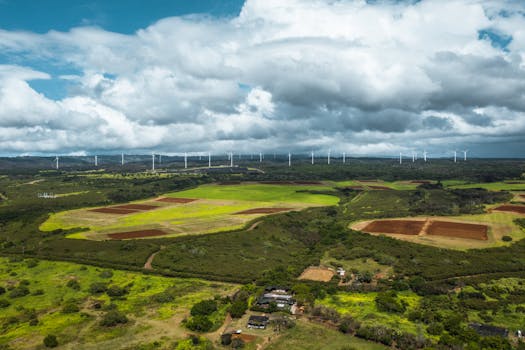High-Tech Horizons: The Evolution of Earth-Orbiting Technologies for Observation – WordPress

High-Tech Horizons: The Evolution of Earth-Orbiting Technologies for Observation
High-Tech Horizons: The Evolution of Earth-Orbiting Technologies for Observation has been a game-changer in the field of observation, allowing us to monitor and understand our planet like never before. The development of earth-orbiting technologies has enabled us to collect valuable data and insights, which have far-reaching implications for various fields such as environmental monitoring, weather forecasting, and national security.
The first earth-orbiting satellite, Sputnik 1, was launched in 1957, marking the beginning of a new era in space exploration. Since then, numerous satellites have been launched, each with its unique capabilities and purposes. The evolution of earth-orbiting technologies has been rapid, with significant advancements in recent years. The use of advanced materials, sensors, and communication systems has enabled the development of more sophisticated satellites, capable of collecting high-resolution data and transmitting it back to Earth in real-time.
Applications of Earth-Orbiting Technologies
Earth-orbiting technologies have a wide range of applications, including environmental monitoring, weather forecasting, and national security. Environmental monitoring satellites, such as Landsat and MODIS, are used to track changes in the Earth’s surface, including deforestation, ocean currents, and climate patterns. Weather forecasting satellites, such as GOES and Meteosat, provide critical data for predicting weather patterns, storms, and other severe weather events.
National security satellites, such as reconnaissance satellites, are used to gather intelligence and monitor potential threats. The use of earth-orbiting technologies has also enabled the development of navigation systems, such as GPS, which rely on a network of satellites orbiting the Earth to provide location information and timing signals.
Advancements in Earth-Orbiting Technologies
Recent advancements in earth-orbiting technologies have been driven by the development of new materials, sensors, and communication systems. The use of advanced materials, such as lightweight composites and solar panels, has enabled the development of more efficient and cost-effective satellites. The development of new sensors, such as hyperspectral and synthetic aperture radar, has enabled the collection of high-resolution data and improved the accuracy of satellite-based observations.
The use of advanced communication systems, such as high-gain antennas and transponders, has enabled the transmission of large amounts of data from satellites to Earth-based stations. The development of new propulsion systems, such as electric propulsion and advanced ion engines, has enabled satellites to maintain their orbit and extend their lifespan.
Challenges and Limitations
Despite the numerous advancements in earth-orbiting technologies, there are still several challenges and limitations that need to be addressed. One of the major challenges is the issue of space debris, which poses a significant threat to operational satellites and the environment. The increasing number of satellites in orbit has also raised concerns about congestion and interference.
The development of new technologies, such as satellite-based solar power and advanced propulsion systems, is also critical to addressing the challenges of space exploration. The use of earth-orbiting technologies also raises important questions about privacy, security, and governance, which need to be addressed through international cooperation and regulation.
Conclusion
In conclusion, High-Tech Horizons: The Evolution of Earth-Orbiting Technologies for Observation has revolutionized the field of observation, enabling us to monitor and understand our planet like never before. The development of earth-orbiting technologies has had a significant impact on various fields, including environmental monitoring, weather forecasting, and national security. While there are still several challenges and limitations that need to be addressed, the future of earth-orbiting technologies looks promising, with numerous opportunities for innovation and advancement.

